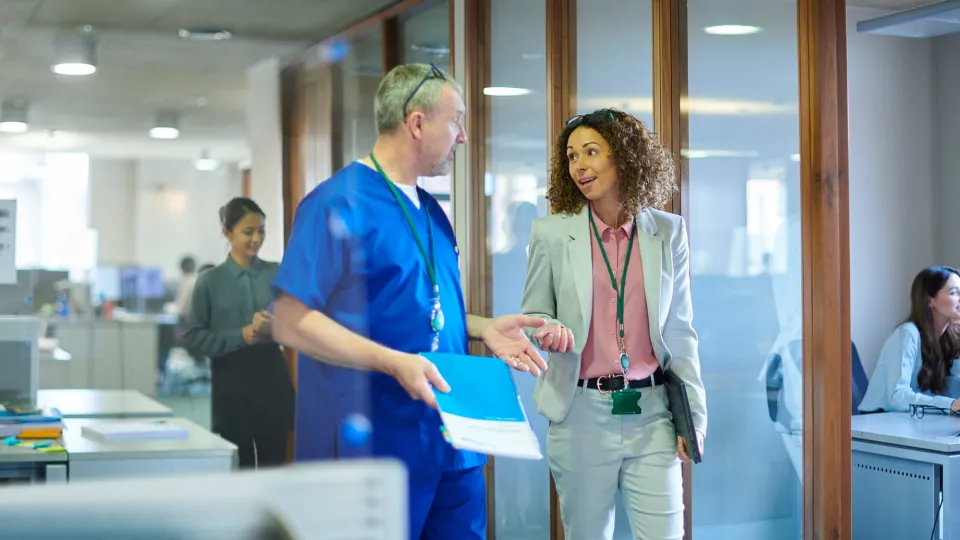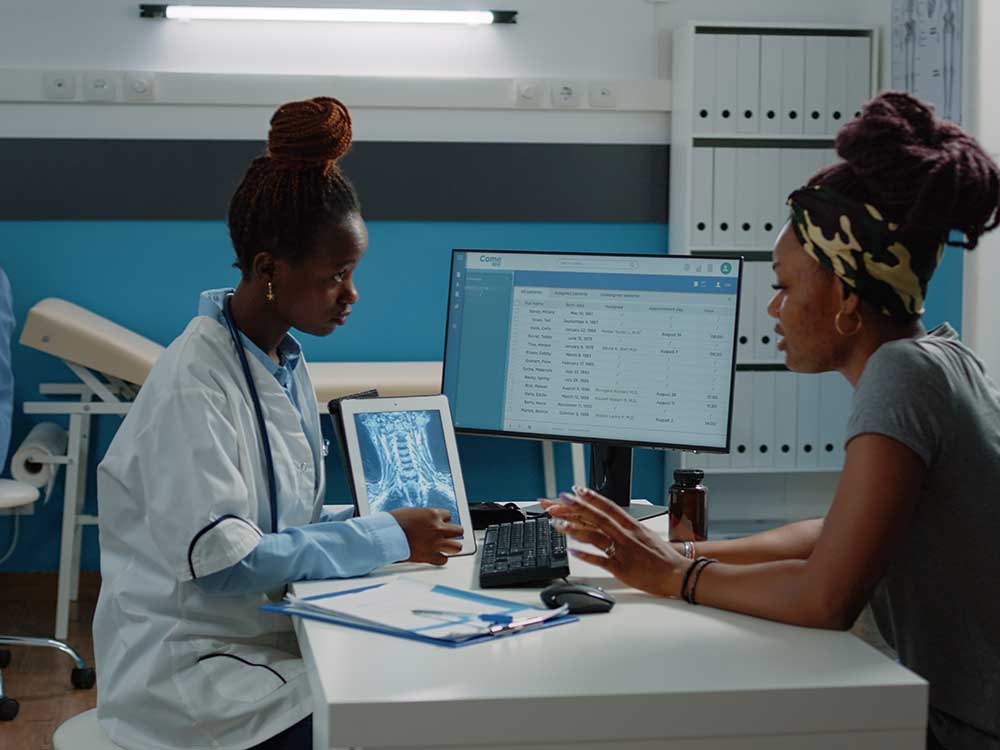The Future of Medical Administration: Patterns and Developments to Watch
The Future of Medical Administration: Patterns and Developments to Watch
Blog Article
Ideal Practices in Medical Administration for Improving Efficiency and Minimizing Expenses
In the ever-evolving landscape of healthcare, the quest of ideal techniques in medical management is paramount for improving effectiveness and suppressing expenses. By integrating sophisticated modern technologies such as electronic wellness documents and telemedicine, healthcare carriers can streamline operations and enhance individual care.
Leveraging Advanced Modern Technology
The integration of electronic options into healthcare systems has transformed the means centers operate, simplifying processes and boosting patient treatment. By systematizing person information, EHRs eliminate the demand for troublesome documents and help with seamless interaction among healthcare service providers.
Telemedicine is another technical improvement that has transformed patient communication. It provides ease for both individuals and healthcare experts by enabling remote appointments, which can reduce the need for in-person visits and maximize visit organizing. Furthermore, telehealth platforms can expand healthcare accessibility to rural or underserved areas, linking spaces in treatment shipment.
Additionally, making use of Expert system (AI) and artificial intelligence is coming to be increasingly common in anticipating analytics, permitting very early detection of prospective health problems and even more informed decision-making. These innovations, when incorporated efficiently, can enhance analysis accuracy and customize individual therapy plans, inevitably resulting in enhanced health care end results and functional effectiveness.
Optimizing Source Appropriation
Effective source allocation is vital for taking full advantage of the performance of clinical administration. By strategically handling sources such as employees, equipment, and funds, medical care centers can considerably improve their operational performance, improve client end results, and lower unneeded expenses. The primary step in optimizing source allocation involves conducting a comprehensive evaluation of current assets and identifying areas where resources may be underutilized or exhausted. This analysis needs to be data-driven, making use of metrics and analytics to educate decision-making processes.
Prioritizing resource appropriation based on client requirements and service demands is necessary. Carrying out adaptable staffing designs can additionally enhance labor sources by changing workers allowance in reaction to changing patient quantities.
Funds must be meticulously kept an eye on and allocated with tactical insight to sustain both temporary functional needs and long-lasting institutional objectives. This consists of investing in training programs that boost team competencies and adopting energy-efficient methods that lower functional prices (medical administration). Ultimately, an optimized resource allotment method cultivates a lasting medical care setting that is receptive, reliable, and monetarily sensible
Streamlining Operations Procedures
When medical care centers objective to enhance operational effectiveness, streamlining workflow processes becomes a critical focus. Efficient workflows decrease redundancy, remove unneeded steps, and enhance control among medical care professionals. This approach not just accelerates solution delivery however likewise boosts the top quality of person treatment.

Next, innovation assimilation plays a significant function in streamlining process. Applying electronic health and wellness documents (EHRs) and computerized doctor order entry (CPOE) systems lowers paperwork, lessens human mistake, and ensures info comes to all relevant workers. In addition, leveraging telemedicine systems can simplify client assessments and follow-ups, decreasing the strain on physical infrastructure.

Inevitably, streamlined YOURURL.com workflows lead to set you back decreases and boosted person complete satisfaction, promoting a much more lasting medical care setting.
Enhancing Information Administration
Building upon streamlined workflows, maximizing information administration ends up being an important component in advancing healthcare administration. Reliable information administration systems are vital for keeping precise client records, boosting decision-making, and making sure compliance with regulatory criteria. By applying durable information management solutions, medical care facilities can enhance the top quality of client care while at the same time decreasing functional costs.
One trick element of improving data monitoring is the assimilation of advanced digital health record (EHR) systems. These systems assist in the smooth exchange of client information across various divisions, reducing duplication of examinations and lessening errors. A well-designed EHR system supports data analytics, enabling health care companies to identify trends and make informed choices relating to person care.
Additionally, securing client information is extremely important. Taking on extensive cybersecurity procedures, including encryption and routine audits, makes sure the honesty and privacy of sensitive information. This not only this page protects individuals but additionally preserves the establishment's reputation.
Purchasing personnel training is one more important factor. Informing healthcare professionals on information monitoring techniques boosts their capability to effectively use innovation, resulting in enhanced patient Learn More Here end results. In verdict, boosting information administration with sophisticated modern technology and detailed training is vital for accomplishing effectiveness and price decrease in medical management.
Fostering Collaborative Communication
A critical part beforehand clinical administration is cultivating collaborative interaction amongst medical care experts. Efficient interaction is critical for ensuring seamless individual care, maximizing therapy outcomes, and minimizing mistakes. By encouraging open discussion and coordination across multidisciplinary groups, healthcare organizations can enhance their operational effectiveness and minimize unnecessary costs.
Central to this technique is the integration of communication innovations such as digital health and wellness documents (EHRs) and protected messaging systems, which promote the quick exchange of vital individual info. These devices make it possible for doctor to accessibility and share data in genuine time, guaranteeing that all group participants are informed and aligned in their decision-making processes. Normal team meetings and interdisciplinary rounds can additionally promote a society of cooperation and responsibility.
Training programs concentrated on enhancing interaction skills are likewise necessary. Inevitably, promoting joint communication leads to enhanced medical care distribution and price savings.

Final Thought
Incorporating innovative innovation, such as digital health documents and telemedicine, together with maximized resource allotment and structured operations processes, is important for boosting performance in medical administration. Efficient information monitoring and fostering collaborative interaction amongst health care groups are essential for lessening redundancies and improving treatment high quality. By prioritizing preventive treatment and taking part in high quality enhancement initiatives, health care organizations can accomplish considerable cost financial savings and enhanced person end results, consequently guaranteeing lasting health care shipment in a significantly complex atmosphere.
Report this page